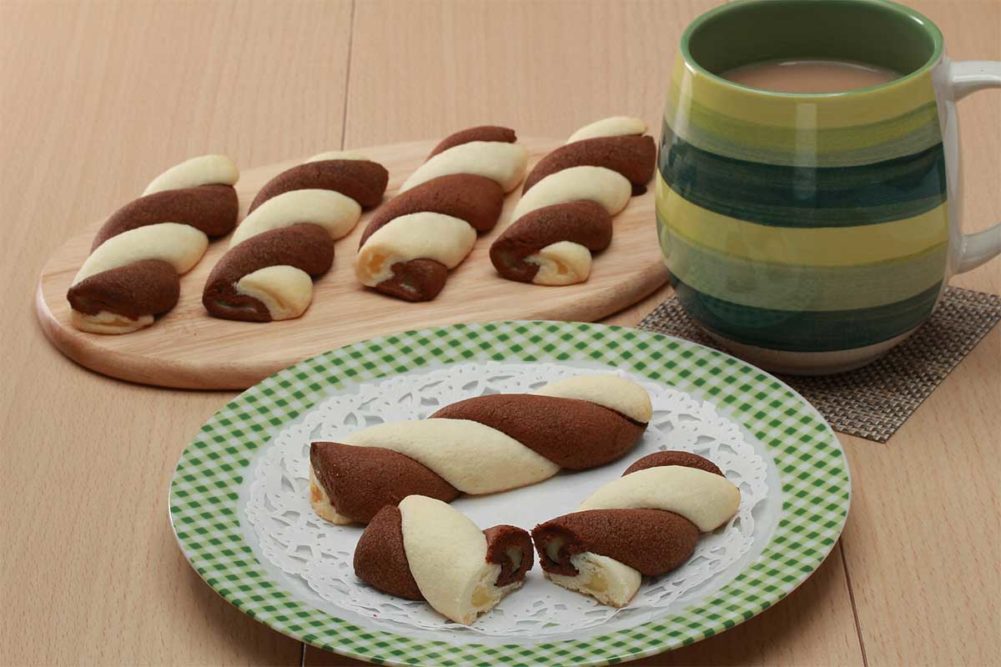The lessons of gluten-free production have come in handy when developing processes for the latest health trend. Keto-friendly breads are hitting shelves with product launches from Alpha Baking Co., Chicago; Bimbo Bakeries USA, Horsham, Pa., and other baking companies tackling this latest iteration of low-carb.
“Keto keeps growing, and cereal flours are not normally a viable part of this diet trend, given that it’s really mostly fat with some protein,” said Jay Fernandez, bakery innovation manager, Middleby Bakery Group.
These bread products, like so many before, aim to lower carbohydrates in the bread by trying to achieve zero net carbs and subtracting dietary fiber and sugar alcohols from the total amount of carbohydrates. As anyone who has dabbled in low carb or gluten-free will explain, these doughs are different than conventional ones.
“These types of breads process similar to gluten-free products,” said Bruce Campbell, vice president, dough processing technologies, AMF Bakery Systems. “The new ingredients and dough structures of low-carb and gluten-free breads are different compared to the traditional breakfast breads we know.”
Due to the dough’s weaker structure, they often require depositors, rather than dividers, to portion the dough into pans.
“Depositing units, retracting conveyors and injection units allow bakers to produce these weaker dough structures without a mess,” Mr. Campbell said.
Not only do bakers need to change their thinking from a bread divider to a depositor, but gentle portioning is important too, as well as controls on the oven.
“An especially important aspect of depositing egg-based or fat-based batters into molds is using gentle, accurate and hygienically designed piston depositors,” Mr. Fernandez said.
With this kind of equipment in place, bakers can process low-carb breads and hop on the bandwagon that doesn’t show signs of slowing down soon.
This article is an excerpt from the July 2021 issue of Baking & Snack. To read the entire feature on Specialty Pan Bread, click here.






